The pandemic has triggered a significant shift toward a greater spending on online shopping. As a result, we have seen ecommerce brands in all categories, including fashion and lifestyle, trying to sell online on a regular basis. In this post, we discuss how one can do digital marketing for fashion brands online.
While this is great for online shoppers, ecommerce brands are finding it difficult to generate a steady stream of positive ROI these days. So, the key question is, what should you do to make your ecommerce fashion brand stand out from almost countless competitors?
A highly effective digital marketing strategy can be the answer to this question. When done right, digital marketing can help improve brand awareness, increase your sales, and make your ecommerce fashion business more profitable.
In this post, we discuss 26 surefire digital marketing strategies for fashion brands. Whether you already own an ecommerce fashion business or are planning to start one, these strategies will help speed up your business’s online growth.
Strategies to Help You Rule the eCommerce Fashion Industry
Following these simple yet effective strategies can help boost online sales for your online fashion business. This guide has been created after carefully studying eCommerce Fashion Industry data and trends:
- Using Personalised Campaigns
- Introducing New Shopping Experiences
- Reaching Out to Influencers
- Using Omnichannel Marketing
- Negotiating Better Supplier Deals
- Creating Highly Targeted Campaigns
- Building Funnels around Your Offer
- Leveraging Email Marketing
- Optimising Returns
- Marketing Your Brand Intelligently
- Doing Holiday Promotions
- Choosing Automation Tools
26 Strategies to Help in Digital Marketing For Fashion Brands and Help Grow in the eCommerce Fashion Industry
If you think the above strategies are not working for your online fashion business, read on to know what these are in brief, along with 14 other surefire strategies to help your ecommerce fashion business grow.
Using Personalised Campaigns
When we talk about fashion clothing and accessories, the conversion rate stands at just 2.44%. One of the notable problems faced by online fashion retailers is cart abandonment. Using event-triggered, data-driven buyer journeys is one effective way to engage consumers and push them further into your purchase funnel.
A cosmetics ecommerce brand MyGlamm, used this tactic to compel users to buy the items they’ve added to their carts. First, they assigned every user a unique ID to gather actionable data, based on which it segmented the consumers.
Finally, it sent personalised communication to the users who didn’t purchase items added to their carts within thirty minutes. It used exit-intent popups to remind the users, along with cart recovery emails and information about their loyalty program.
MyGlamm experienced a whopping 137.5% increase in conversions from users to whom it sent personalised emails about items in their carts.
Introducing New Shopping Experiences
Introducing new shopping experiences is a common tactic for ecommerce fashion brands to attract more consumers. You can create this change in experience by revamping your brand image altogether or launching new product categories.
The notable thing to remember is that you must deploy the change in phases because consumers aren’t prepared to accept an all-embracing transformation. You need to proceed in incremental, small changes to help them accept the change while ensuring retention and engagement.
Mamaearth did something similar when it introduced its toxin-free cosmetic products for adults. They made the image transition from being a mother and baby care brand to becoming a full-fledged cosmetic brand.
The company has also recently started the ‘plant a tree’ initiative under which Mamaearth plants a tree for every order it receives. The tree is also geo-tagged to view its lifecycle in the years to come. Further, the company targets planting over 1 million trees in the next five years.
It is interesting to note that every tree is linked to an order, and to plant 1 million trees, mamaearth would need a million orders. However, the brand’s expectations seem to be coming close to the marks. Eco-friendly initiatives and toxin-free products have become an instant hit among parents and youngsters.
Mamaearth grew its revenue 4X in Financial Year 2020-2021 compared to the previous year. The growth turned the D2C brand profitable, a feat that many brands did not achieve during their initial run. It is currently valued at more than $1.07 billion and is backed by leading investors, including the infamous Sequoia.
Reaching Out To Influencers
It has become very difficult for standardized fashion ecommerce marketing campaigns to find success in this over-saturated world of social networks. But it’s also a fact that building social media awareness and presence can dramatically increase the likelihood of potential customers searching for your brand somewhere else. To run a successful influencer campaign, you should always take inspiration from related industries, like the one mentioned below.
An online skincare and wellness brand, namely WOW Skin Science, leveraged social media marketing in an innovative way. Rather than going with generic campaigns, it reached out to influencers to communicate with consumers in a more relatable and authentic manner.
Influencers utilized social media to market WOW Skin Science products available on its website and online marketplaces. Then these profiles, together with the curated looks, were featured on the official website to create an organised and trusted feel.
Consumers could also purchase any item with an additional discount using the influencers’ coupon code. These coupon codes were used in two ways- WOW Skin Science could track the output from influencer outreach as each one had its unique code. Moreover, this also increased traffic to the website and brand recognition among the target audience.
The reasons behind the success of the influencer marketing strategy were the following:
- The Influencers provided skin and wellness advice for all kinds of customers
- The target audience could relate more with the influencers compared to usual campaigns
- Influencers had hundreds of thousands of followers, which led to an outstanding brand reach
Overall, the strategy helped the brand build exceptional customer acquisition and brand awareness.
Creating Highly Targeted Campaigns
It isn’t an easy task to involve prospective consumers in the buying journey. You can build social media presence, but you cannot guarantee that your brand will always become visible to new customers.
The apparel collaboration between Adidas and Beyonce, Ivy Park, is a perfect example of how to increase a brand’s visibility by hyping it. First, the whole Ivy Park site is used as an advertising space instead of an online shop (shoppers need to visit the Adidas website to make purchases).
Then, it uses influencer marketing to generate publicity within the Hive (Beyonce’s followers). It achieves this by sending new items to chosen influencers, who then display the product haul videos to their audiences.

Not only do these videos just appeal to customers, but they also act as repositories of useful content that Ivy Park can utilize later for organic and paid social search. By creating highly targeted campaigns, Ivy Park becomes successful in creating an intimate relationship with its audiences while saving substantially on ad spending.
Using Omnichannel Marketing
A common mistake made by fashion ecommerce brands is that they focus their marketing efforts on silos. As a result, they often see that the customer experience on a particular segment of the buyer’s journey is great, but it’s poor in another segment.
For instance, you may compel a customer to sign up through your website, but you don’t focus on email marketing. The outcome is zero customer acquisition because customers assess retailers depending on the entire experience, not just a single touchpoint.
A personal care and beauty retailer based in France, namely Sephora, handled this concept very well. It developed an omnichannel action plan that focused on a location-based strategy. Sephora served in-app notifications such as wish lists, online shopping carts, and daily promotions with the help of beacon technology when someone visited a store.
After the visit, Sephora sent push notifications and tailored emails to the customer to create a holistic shopping experience. The message we can learn from Sephora is to create a unified experience during the buyer’s journey by integrating all your touchpoints.
Retargeting Your Audience
Once consumers visit your site and interact with your ads, you can use Facebook remarketing to retarget them. It lets you segment your audience into four different categories: website visitors, collection or page visitors, recent customers, and checkout or cart abandoners.
Here, relevancy plays a crucial role. The last interaction of a user needs to be matched with the subsequent ad they receive. Successful retargeting of your audience can easily lead to an increase in conversions while reducing the costs significantly.
Limeroad followed this technique to increase its month-on-month sales by over 138% in 2020. The company sent out relevant ads that pointed to user behaviour and motivated them to take favourable actions. This also helped build better brand recognition in the consumer mindset while increasing the number of orders for Limeroad.
Building Funnels around Your Offer
Each offer has three things: the product, its price, and its positioning. This is the place where your potential customers will generally encounter your brand for the first time. Therefore, you must craft it carefully.
See if your offer comes with any of these things.
- Offers an incentive or a discount
- Features a bundle of products or just one of them
- Capture your audience’s attention and results in action
These help you identify the actual needs of your prospects and how you can utilise that information to improve continuously.
The AIDA model can successfully guide you in readjusting or creating your funnels, particularly at the top.
Image: https://commonthreadco.com/blogs/coachs-corner/fashion-marketing-ecommerce
At the funnel’s top, successful ad campaigns need to be reliant on an offer that at least generates:
- Relatively high AOV (average order value)
- More than average profit margins
- Powerful lifetime value that results in additional items
From this point onward, you should experiment with different methods to introduce this offer to capture your target audience’s attention. You may choose options like presenting a limited-time discount or grouping top items.
Improving Your Site Speed on Mobile
As discovered by Unbounce, site speed leaves a direct influence on the buying decisions of 70% of customers. According to Think with Google, 53% of your site visitors will abandon your mobile site if it takes over three seconds to load.
And the worst part is that 61% of customers will abandon your mobile site if they experience trouble using it, moving on to another website. And when you consider the fact that a huge percentage of worldwide ecommerce sales occur on mobile devices, you cannot afford to have errors on your mobile site.

Nnnow.com implemented this strategy and optimized its mobile website to perform faster and better. As a result, the brand saw a rise of 214% in the total number of purchases. Almost 75% of the transactions were made either from nnnow’s mobile website or their smartphone app.
So, be sure to optimize your landing pages to deliver an easier, faster, and more enjoyable shopping experience to your consumers. You can start by making simple yet important tweaks to the headlines, anchored CTAs, and lightweight videos and images.
Optimising Your Store’s Browsing, Discovery, and Checkout Process
Your fashion ecommerce site’s browsing, discovery, and checkout processes are as vital as the layout of a physical store.
For example, Aachho, a premium women’s ethnic wear retailer, has an onsite search tool to guide consumers. It offers demographic filters and then dynamically provides suggestions on items as a consumer types their search.
It also has an outstanding cart-to-checkout process to better the checkout experience. This takes care of the following things:
- Displays express payment options that can be operated from mobile devices
- Sends notifications to customers when they reach the free-shipping margin
- Closes with a dropdown option that facilitates buy-now, pay later
The entire process provides the consumers with a comprehensive shopping experience.
Leveraging Email Marketing
Unlike what some people may believe, email marketing is still a highly effective digital marketing strategy that can help you compete with larger brands. Believe it or not, most people continue checking their emails almost constantly.
When it comes to the subject of email marketing, welcome emails are the most important automation in the context of the overall revenue generated.
Use a straightforward “Thank You” email to begin your welcome flow, introducing your brand story to your customers. In your pop-up, keep your promise of providing any sign-up incentives. Revenue and capture rates originating from welcome series emails are substantially higher when they include an incentive.
Neeman’s implemented email marketing during its initial days and saw a fantastic result in the form of positive customer reviews and a better order volume. The brand sent emails at every stage of the customer journey, ensuring they never felt left out. Engaging subject lines and a well-designed email kept the customers attached to Neeman’s vision.
If your brand deals with apparel, a welcome series of three to four emails should help you get the maximum engagement and conversions. However, keeping track of your open and click rates during the series is also important.
No matter if you want to deliver instant value or keep your promise of additional value going forward, the right email delivered at the right time can help make your recently-converted consumers even more loyal and engaged to your brand.
Engaging in SMS Marketing
A text message has the ability to provide an unparalleled personal touch, and that’s the reason why SMS marketing is extremely powerful and uncertain at the same time.
Here’re three very important things you need to remember when using SMS marketing.
- Use very specific segments
- Don’t use a constant flow of messages
- Don’t spam
First, introduce SMS transactional messages such as shipping updates to your new customers. During the process, obtain explicit consent from them so that you can market through SMS. However, it’s important to start marketing only after your texts have proven their values. SMS marketing is a particularly useful method to stay in touch with the consumers in between purchase cycles while re-engaging them after long periods of radio silence.
You should follow the same principles of designing a conversational flow as you do in email marketing while setting up an SMS marketing campaign. In India, consumers have a habit of considering SMS more important than emails. This is because banks and all financial institutions compulsorily send important notifications over SMS.
If properly executed, an SMS marketing campaign could give you a better reach than an email marketing campaign ever will.
Also, Read
- 12 Best eCommerce Platforms for Startups in India
- How Can Remarketing Boost Your Revenue?
- A Comprehensive Guide to On-page SEO of eCommerce Stores
Negotiating Better Deals
All your associates, such as vendors, suppliers, and tech service providers, want to stay connected to your business, and hence, it’s never a bad idea to try to negotiate better deals with them. Try this, and you will be amazed by the amount of money you can save only by asking them politely.
You can negotiate several things, from lower processing fees and fulfilment rates to shipping costs and other discounts.
Proper negotiations can help grow your business without any additional capital. For instance, you can ask for better prices from suppliers by quoting a competitive price that you received from another supplier. This can help your company save a fair amount that can be utilized further down the line for operations and other expenses.
Optimising Returns
In the fashion industry, returns and exchanges trigger problems much more than in many other ecommerce industries. As discovered by Global Web Index, customers’ return behaviors demonstrate the following patterns:
- 22% health and beauty items
- 30% of jewelry and accessories
- 56% of clothing and footwear
But it does not stop there. According to the report, 37% of total returns occur because the product wasn’t liked by the customer. This triggers a genuine problem for ecommerce brands that offer items that customers need to see, feel, and wear.
However, the truth is every exchange brings you another opportunity to offer value. For instance, Myntra offered a doorstep ‘Try and Buy’ option for customers to reduce exchange waiting periods.
Customers could try the clothing at their home and return it instantly to the same delivery person if they want to.
You can use Loop to automate your return and exchange process to provide your consumers with even more value. When you have a simple and separate return portal, the process can be easily initiated by your customers with their zip codes and order numbers.
With Loop, your consumers can exchange the product for something of their choice without opting for a refund.
Using Visuals
In a brick-and-mortar fashion retail store, product display quality plays a vital role in delivering a good showroom experience. Fashion brands typically focus on displays that establish the value, authenticity, exclusivity, and quality of a product.
However, when it comes to a fashion ecommerce store, the photography content on a product page is the only thing that can be used as visuals. Therefore, it’s extremely important for a fashion ecommerce store to display high-quality visuals that provide the visitors with maximum information while increasing the perceived value.
You should use professional product photography to establish the actual feel of the material, and fabric, together with emblems, stitch details, etc. You can also use navigable product photographs that let the visitors zoom into the images to obtain a better understanding.
You can check out pictures on Ajio or Faballey to take a reference of how good product photography can be done.
Additionally, the overall visual, like your website design and its navigation, needs to feel shoppable. Some fashion ecommerce stores go a step further by displaying product packaging pictures to help the consumers understand how the products will reach them.
You should also put jewellery or clothing product videos on the landing pages to display how those items will look on Men or Women. According to statistics, 73% more visitors will purchase the items after watching product videos on site.
Avoiding Selling on the Homepage
Your homepage shouldn’t display items or their prices. Instead, it’s more about building trust and credibility among potential customers. Ideally, your homepage should combine promotional and marketing strategies to motivate the visitors to explore other sections of your site before they visit the product pages.
One effective way to achieve this is to show the product categories on your homepage and offer an intuitive interface using which your visitors can easily navigate to your inner pages. Many fashion ecommerce stores use their homepages to display offers and promote season-specific new launches.
You can also display brand achievements, web security trust seals, awards, and customer reviews on your homepage to boost your fashion ecommerce store’s conversion rate.
Using Unique Product Descriptions
If you copy-paste product descriptions from the website of the manufacturer and use spammy meta tags to increase the traffic, it’ll be very difficult to sell the products. If you want to rise above today’s cut-throat competition, you must use product descriptions that communicate the value of the products together with a real story.
W for Woman, a women’s clothing brand, offers an outstanding example of these types of salable product descriptions. Each of its descriptions makes the product more lively and provides the visitors with reasons why they should purchase it.
You can utilise user-generated content such as ratings, product reviews, and questions and answers from actual buyers to improve your conversion rate and lower the bounce rate of the landing pages. It’ll also help your site rank better in organic searches.
Staying Real in Your Activities
These days, marketplaces have become highly democratic due to the popularity and growth of social media. Now, customer reviews and experience dominate fashion instead of the brands. Therefore, it’s extremely important to stay real in your items, offerings, and all other activities.
If you present anything fake to your audiences, they’ll notice and share it immediately. As a result, many leading fashion brands are utilising the photographs of their customers as accompanying product images. It may not look like a studio photograph, but it certainly adds lots of positivity.
You can also put up the brand story nicely, just like how Lotus Herbals has done it. The brand has mentioned everything from their journey to the promise they carry and assurances that they give with the products. Lotus also does periodic engagement programs where it asks customers to share photographs of its products in the most beautiful way. The person who shares the best photograph wins and gets a gift from the brand. This technique has largely increased customer engagement and improved the brand persona of Lotus.
You can use these methods to maximise your opportunity:
- Advertising the appropriate product
- Advertising actual photographs, particularly those your customers share
- Advertising only what your brand can offer and not exaggerating
If just one customer shares a good experience with your brand, it’s as valuable as a large paid promotional campaign. If other vendors are also allowed to sell their items on your site, ensure the product descriptions, images, and other aspects provide some actual value.
Creating Simplified Contact Process
Shopping has become more convenient than earlier, thanks to digitisation. However, people still search for a human touch in the process when they experience issues and difficulties. If you dream of being a successful fashion ecommerce brand, it’s a must to provide the customers with easy ways to contact your store representative.
Brands commonly use tools like phone calls, emails, live chat, contact forms, social media communication, and others for this purpose. You can also incorporate some creativity to increase the convenience quotient. No matter the method you choose, be sure to utilise social media wisely.
Try to give a fully personal touch and efficiently handle all complaints so they can be tracked later. Your Facebook page will display the total percentage of your response rate in a specific timeframe. Therefore, it should also be your priority to reply to all messages on the platform quickly.
Boasting more than half a million fans, the Instagram account of Westside is a perfect example of how simplified contact processes can help brands. Serving many purposes for the company, the Instagram page is a separate entity in itself. It is a go-to contact point for customers who are looking to find information or register a complaint about a Westside product.
Marketing Your Brand Intelligently
It is important to elicit a trust benefit from the consumers based on your business model. For example, if you’re operating an ecommerce portal that sells a large number of different brands, it’s a must for you to give priority to your personal fashion brand name’s marketing instead of focusing on the brands that also sell on your portal.
You must use a very strategic advertising method to get your brand placed above a specific brand. You should also try to ensure that whenever a returning customer is searching for a specific item, they would return to your store instead of looking elsewhere for the brand.
You may want to do the following things to achieve this goal.
- Shopping campaigns
- Investment in Bing ads, Google ads, Instagram catalog, and Facebook ads
- Brand name search campaigns
- Display and remarketing ads
- Take part in the shopping action program of Google that only selected retailers in the U.S. and other countries can presently use
Also, if your brand has garnered some popularity, you should run a search campaign in Google Ads using your brand name to boost sales.
Additionally, you should run ads using your brand’s keywords. And if you have the budget, you may want to run ads on the store keywords of competitors also.
Doing Holiday Promotions
When the holiday season is on, you can send out emails to the subscribers to let them know of the discounts that you’re offering on different products. For instance, you can announce a seven-day period of discounts during which you may offer a discount on one product category each day.
So, on the first day, you can offer a discount on shoes, the second day on jackets and so on. By implementing this tactic, Ajio experienced 4 times higher online sales during the festive season compared to other months.
This way, you can promote the products to the subscribers while prompting them to share the discounts with their individual social contacts. You can also offer a discount on bundles such as glasses and jackets or shorts and shirts.
Remember to share those discounts and promotions on your website and social media accounts like Facebook, Instagram, Twitter, etc., to encourage consumers to spend more.
Creating Style Guides
If your fashion brand offers different clothing items, creating style guides on your website is a compelling idea to increase sales. This helps your visitors and subscribers visualize different pairings to obtain an idea about how they can match different types of clothing items.
You can craft multiple style guides according to special occasions like weddings or picnics, seasons like winter or summer, or themes like travel or work. This style guide by Panash India is the perfect example of how informative resources could boost your marketing. The brand has curated a practical style guide that is relevant for both men and women.
Having a dedicated section for style guides on your site is also a good idea. Just be sure to mention thorough descriptions of all the products you use in the guides.
Conducting Giveaway Competitions
Conducting giveaway competitions on social media platforms like Instagram for your top-selling products is another effective idea to boost your sales. For instance, Shoppers Stop conducted a giveaway competition where it offered the winner a bunch of items worth Rs 5,000.
Shoppers Stop had around 4,80,000 followers on Instagram before the competition, but once the competition was over, the number went up to 4,95,000 followers, resulting in a good increase. You can organize these kinds of competitions every month or on alternate months to bring a relevant audience to your page and platform.
It’s important to use proper hashtags so that the users can conveniently keep track of your competition. These competitions play vital roles in increasing followers and improving brand awareness.
Prioritizing Your Content
Content is an extremely crucial aspect of any successful digital marketing strategy. It’s advisable to spend some time deciding on your brand’s voice and identity before embarking on your fashion ecommerce marketing journey. All your messages need to be on-brand and uniform on every platform and at all times.
Creating a content calendar to schedule social posts, emails, and blog posts is a good idea to maintain consistency. It’s also important to automate the processes as much as you can and use the right support tools right from the beginning to make the activities more efficient over time.
You can take a look at GIVA’s social media pages to get a good insight into this strategy. The brand has focused its marketing on building informative content that appeals to the users. They also revolve their content around probable use cases of the products in different settings to impart a sense of utility among potential customers.
Create informational, empowering, and educational blog posts and share them over social media and emails to maximise your reach. Think of topics that can grab the attention of your audience. You can also add a CTA (call-to-action) in the posts to increase the sale of particular products.
When done right, your content can greatly help you convert traffic to sales.
Choosing Automation Tools
These days, you can find almost countless online tools that help you do almost anything. You can use them for a huge number of purposes, from managing social media posts and tracking your logistics and apparel to building your website and starting your own fashion ecommerce store.
If you have a tight digital marketing budget, you can always start with low-price or free tools and gradually move on to more expensive options. These will get you more features and technical support while providing more flexibility for the business.
Meesho, a popular online marketplace, is doing something similar. It offers a range of tools for the sellers to utilise for filing returns, implementing marketing strategies, and more.
Ideally, you should try to use an all-in-one management solution. With such a solution by your side, you can manage different aspects of your business simultaneously.
This essentially means that once the system gets implemented and becomes operational, you can direct your entire focus to building the brand. You can manage all vital aspects such as inventory management, accounting, supply chain management, production, warehousing, and order processing from one centralised location.
Optimising Your Product Pages
Your product pages must provide your visitors with as much information as they can while being inviting. It’s important to understand that with a fashion ecommerce store, you cannot appeal to consumers like a physical fashion store. In the context of online shopping, customers cannot feel the products, try them on, and review every aspect of a garment.
Therefore, you need to try to match that experience as much as possible. For instance, using attractive, high-quality product images is simply a must. Be sure to display plenty of images from different angles showing particular details of a garment. However, when using high-quality images, it’s important to remember that they reduce your site speed, which negatively impacts your SEO performance. So, you need to compress them using an online tool before uploading them to your site.
Your product pages should have these things:
- Customer ratings and reviews
- Interesting and accurate product descriptions
- An interesting CTA
- Pricing and shipping costs
- Additional features of the item
- Similar product suggestions
- Information about customisation options, if any
- Options for quick support
You can also take inspiration from the product pages of Global Desi. It utilizes most of these factors to optimize its product and home page. You can find compelling CTA’s, accurate product descriptions, pricing, and similar product suggestions on its product pages. This is one of the reasons why the brand has established itself among the leading companies in the women’s ethnic wear space in India.
Testing Everything Always
Although continuous testing is often an overlooked aspect for many business owners, it plays a crucial role in building a business and making it profitable. You can utilize tools such as Google Analytics to monitor your traffic and analyze the success rate of your activities.
For instance, you can observe the success rate of a blog post’s topic by measuring the click-through rates, open rates, time spent on it, traffic to it, and bounce rates. Remember to monitor the performance whenever you add new features to the site, such as a new copy or a CTA. You may utilize a tool like HotJar to monitor the way consumers behave on the site.
You can also perform A/B testing for new features to identify what’s appealing to the customers and successful. A/B testing helps you understand a plethora of vital elements, including what copy works best, what colours appeal to the visitors more, the right position of a CTA, and what images are more attractive to the visitors.
You may have to invest a lot of time in these tests at the beginning, but you’ll be able to fully optimize your store to deliver an outstanding customer journey experience.
Closing Thoughts
To create a successful fashion ecommerce brand, you need to continue trying new things continuously. In the context of fashion ecommerce marketing, there are different tactics that you can use to convert your traffic to new opportunities.
Small adjustments like using personalized campaigns or retargeting your audience can translate into notable growth. The more tweaks you make and implement new tactics, the more will be your chances of building a successful brand.
Surviving the competition in the online fashion industry is hard, but if you can do the right things, it isn’t impossible either. Start by implementing a couple of the strategies we mentioned above and observe the success rate of your campaigns. Once you start receiving satisfactory results, focus on implementing more of them. When done right, your fashion ecommerce brand will become successful and profitable faster than you think.
Frequently Asked Questions
How do I grow an ecommerce clothing business?
Some ways to quickly grow an ecommerce clothing business are as follows:
1. Perform search engine optimization for your website
2. Do influencer marketing to attract attention
3. Introduce new designs on a regular basis
4. Try guerilla marketing
5. Stock up inventory to achieve 100% fulfillment
How does social media help the fashion industry?
Social media helps a new brand reach out to potential customers without spending much on marketing and ads. It also provides them with a platform to showcase their products even before they have a dedicated website.
How do you scale fashion in eCommerce?
Here are the 5 Best Ways to Scale Fashion in eCommerce:
1. Modify clothing sizes according to customer feedback & demand
2. Opt for targeted digital marketing campaigns
3. Regularly introduce new styles
4. Organise periodic sales to attract new customers
5. Offer easy returns and exchange service
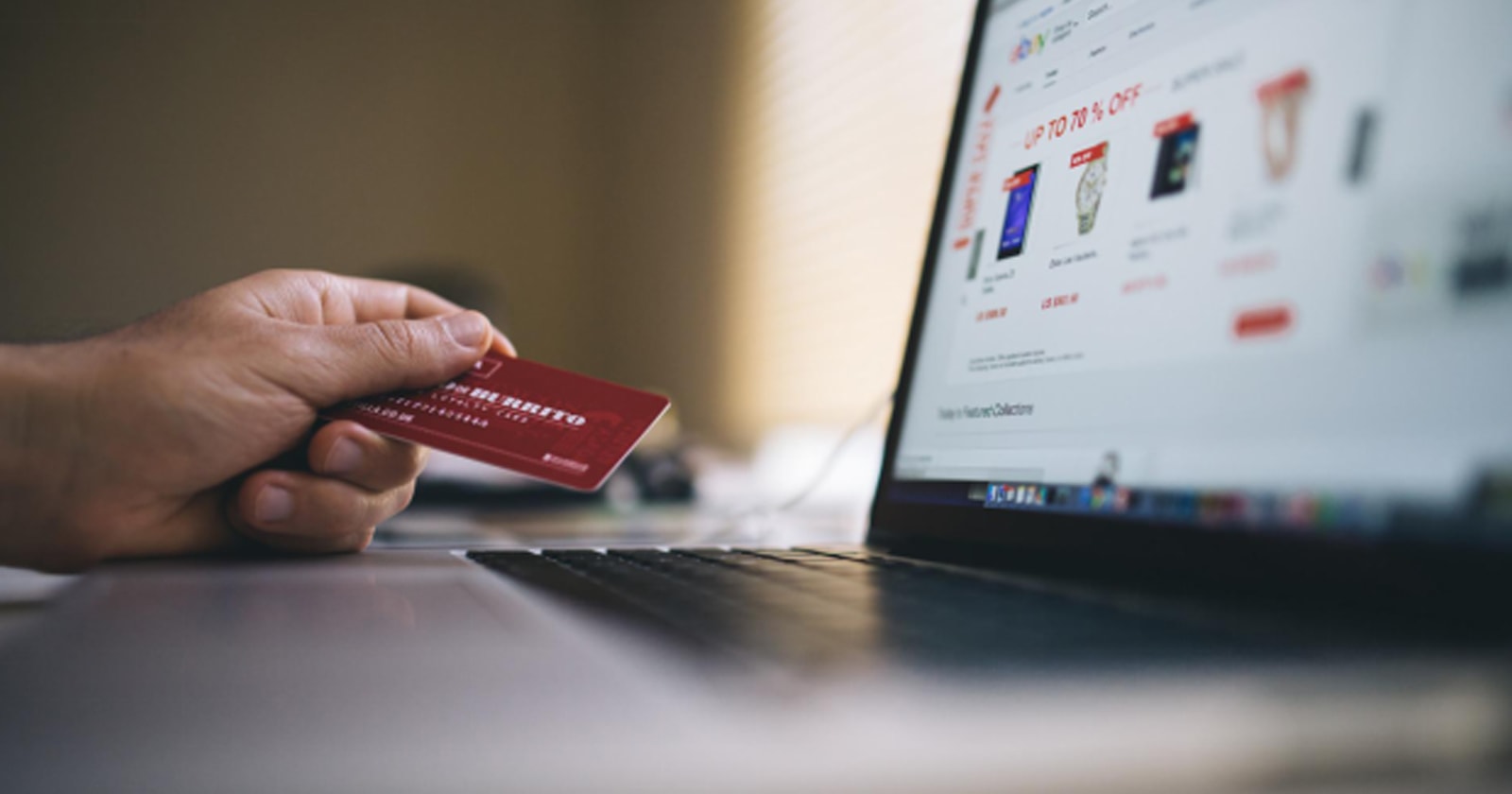


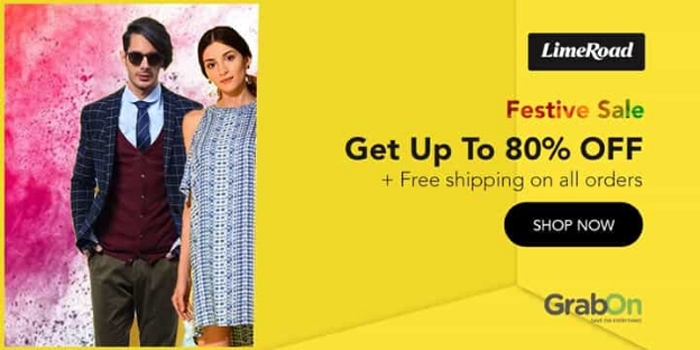
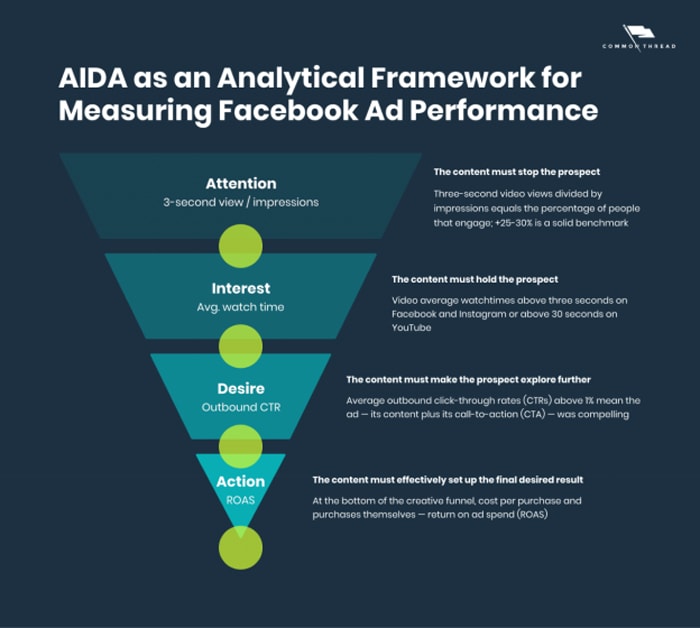


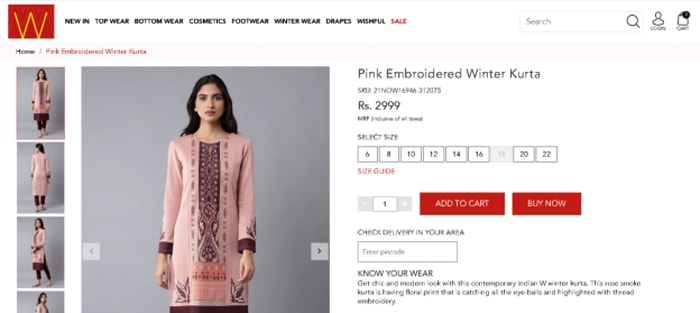
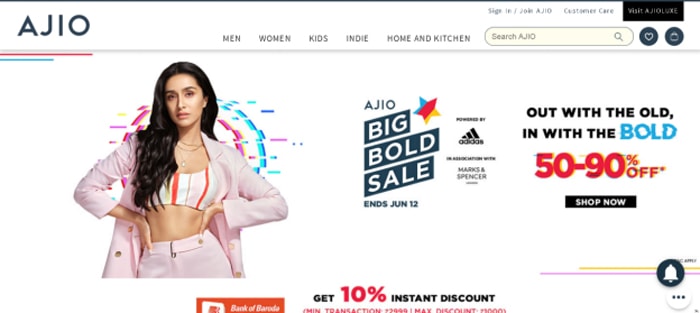





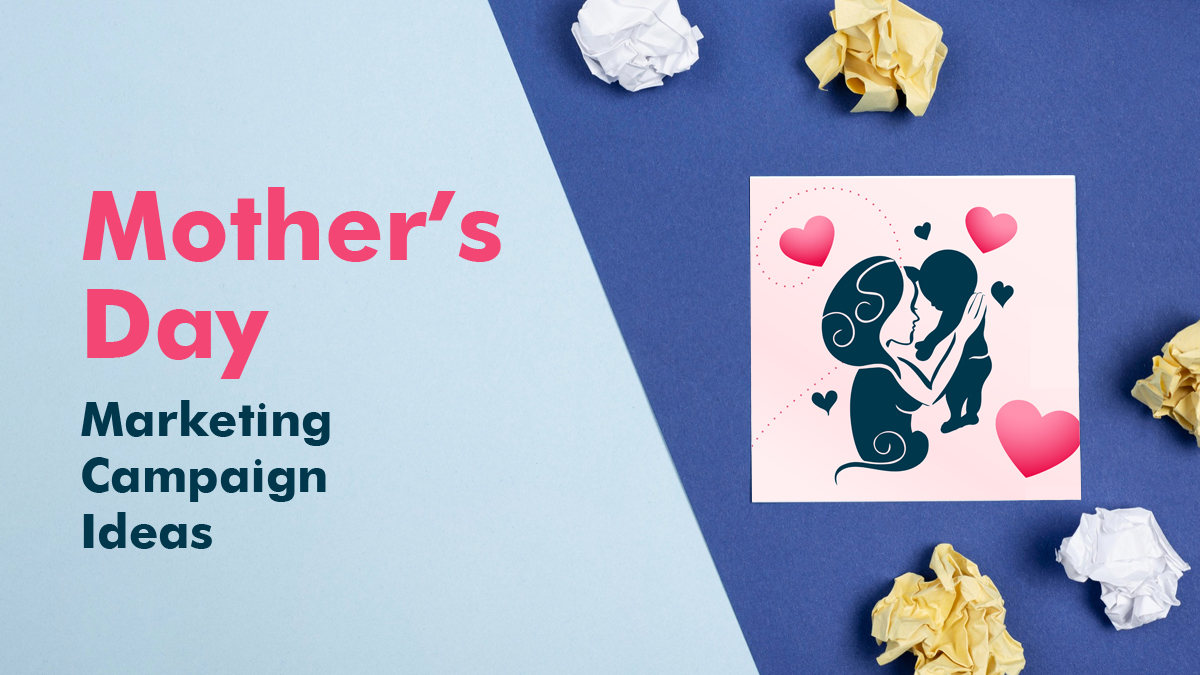


















 RSS Feeds
RSS Feeds